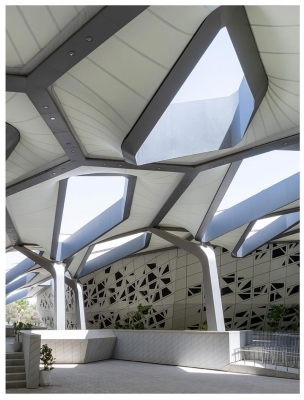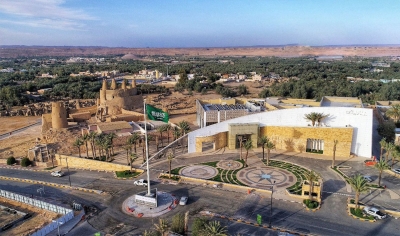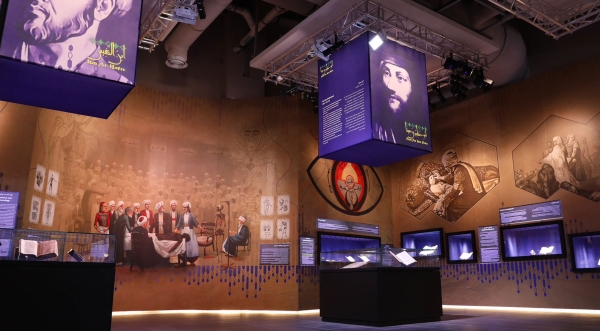
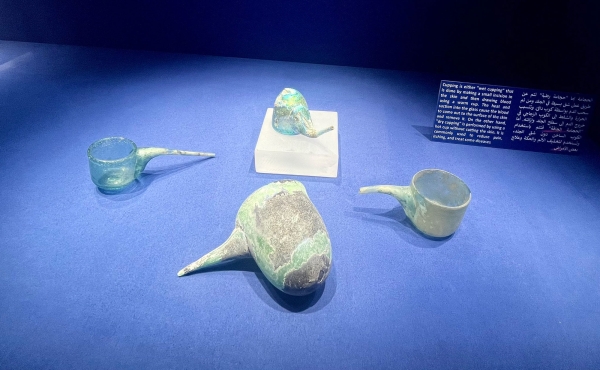
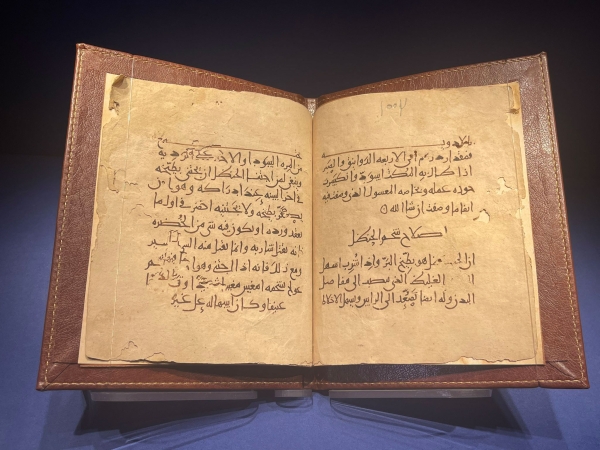
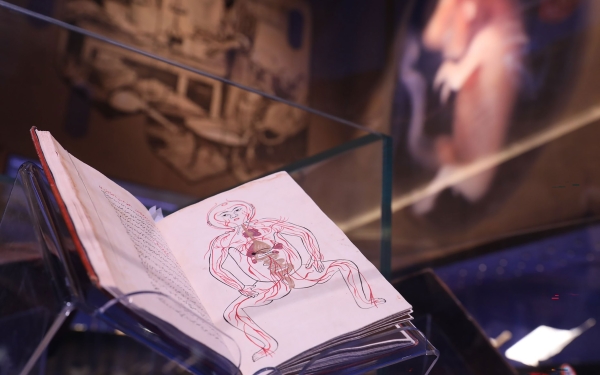
Al-Shefaa Museum (Museum of Healing) is a museum specializing in Islamic art, located in Jeddah City, west of the Kingdom of Saudi Arabia. The museum boasts approximately one thousand pieces of art from various parts of the Islamic world. It was launched by al-Medad Organization for Heritage, Culture, and Art.
Sections of al-Shefaa Museum
Al-Shefaa Museum is divided into nine main sections: Prophetic Medicine, Translation and Authorship, Ophthalmology, Infection and Epidemics, Anatomy and Physiology, Diagnostic Excellence, Obstetrics and Gynecology, Surgery, and Pharmacy. Each section tells the story of the contributions of Muslim scholars and doctors. It also contains their original rare manuscripts, printed books, medical, surgical, and pharmaceutical tools, as well as medical and scientific artifacts.
Pavilions of al-Shefaa Museum
Al-Shefaa Museum has four main pavilions dedicated to the achievements and contributions of four scholars of Islamic civilization: Abu Bakr al-Razi, Ibn Sina, Abu al-Qassim al-Zahrawi, and Ibn al-Nafis. These scholars made significant advancements in medicine, and their contributions laid the foundation for educational methods and treatment protocols in universities and hospitals worldwide.
Manuscripts of al-Shefaa Museum
Al-Shefaa Museum displays a manuscript of the book Islah al-Adwiyah (Fixing Medicines) by Hubaysh al-A'sam, dating back to the ninth century. It also houses a manuscript titled Hayat an-Nafs (The Life of the Soul) by Abu Ishaq al-Mutabbib, written during the Granada siege that ended with the fall of Andalusia. There is also a rare copy of Kitab al-Mojez fi al-Tib (The Summary of Medicine) by Ibn al-Nafis, dated 1474, as well as a copy of al-Hawi (The Comprehensive Book on Medicine) by Abu Bakr al-Razi from the sixteenth century. Other notable items include a copy of Tathkirat Dawoud al-Antaki (The Ticket of Dawoud al-Antaki) and a rare printed copy of the first Arabic edition of Kitab al-Qanoun fi al-Tib (The Law of Medicine), printed in 1593. The museum also displays the first Latin edition of al-Razi's Smallpox and Measles and an Indian edition of al-Tasrif (The Method of Medicine) by Abu al-Qassim al-Zahrawi.
Related quizzes
Related articles

